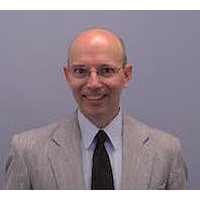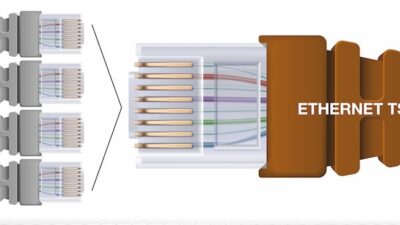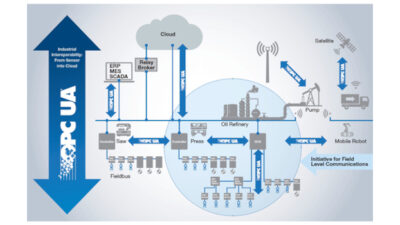Integrating embedded switch technology into devices eases configuration, says Rockwell Automation.
For example:
– The 1783-ETAP 3-port EtherNet/IP module allows single-port devices to connect to a ring and/or linear topology;
– Optimized for EtherNet/IP I/O and motion applications; and
– Typical recovery rate for a 50-node device-level ring is less than 3 ms. Fast recovery rate makes failures appear transparent to most networked devices. Machines often continue operations without system interruptions. Open standard technology is available to third-party vendors, allowing EtherNet/IP interoperability. It also supports IEEE 1588 precision time protocol (PTP) for precise time synchronization and quality of service (QoS) to help prioritize data transmission, Rockwell Automation explains. Learn more at www.ab.com/networks/switches/embedded.html.
Also read from Control Engineering :
– Networking: Cisco, Rockwell partner on Ethernet‘reference architectures ‘
– Industrial network selection advice from Rockwell Automation ;
– Industrial network channel – news and products .
– Edited by Mark T. Hoske, editor in chief, Control Engineering , www.controleng.com



